As well as benefits, HRT has some risks. Consider the following when deciding to take or continue HRT.
Research suggests that HRT slightly increases the risk of having a stroke.
Other things that can increase the risk of stroke include:
- Getting older
- High blood pressure
- Smoking
- Drinking too much alcohol
- An irregular heartbeat
If you are worried about any of these things, or if you have had a stroke in the past, talk to your doctor to see if you should take HRT.
How likely is a stroke?
The risk of getting stroke is about 1.5 times higher in HRT users than in non-users. The number of extra cases of stroke due to use of HRT will increase with age.
Looking at women in their 50s, on average, over 5 years:
- In women not taking HRT – 8 in 1000 would be expected to have a stroke
- In women taking HRT – 11 in 1000 would be expected to have a stroke (an extra 3 cases)
If you get migraine-type headaches which you cannot explain:
- See a doctor as soon as possible
- Do not take any more HRT until your doctor says you can
These headaches may be an early warning sign of a stroke.
HRT may increase the risk of blood clots in the veins (also called deep vein thrombosis, or DVT). The risk of blood clots in the veins is about 1.3 to 3 times higher in HRT users than in non-users, especially during the first year of taking it.
These blood clots are not always serious. However, if a clot travels to the lungs, it can cause chest pain, breathlessness, collapse or even death. This is called pulmonary embolism, or PE.
You are more likely to get a blood clot if:
- You are very overweight (BMI above 30 kg/m2)
- You are getting older
- You have had a blood clot before
- You are taking medicine containing an oestrogen
- You have cancer
- Any of your close family have had blood clots
- You are pregnant or have just had a baby
- You have had one or more miscarriages
- You have any blood clotting problem that needs treatment with a medicine such as warfarin
- You are off your feet for a long time because of major surgery, injury or illness
- You are going on a long journey and will not be moving about for some time
- You have a rare illness called SLE (Systemic lupus erythematosus)
If any of these things apply to you, talk to your doctor to see if you should take HRT.
How likely is a blood clot?
Looking at women in their 50s, on average, over 5 years:
- In women not taking HRT – between 4 and 7 in 1000 would be expected to get a blood clot
- In women taking oestrogen-progestogen HRT – 9 and 12 in 1000 would be expected to get a blood clot (an extra 5 cases)
If you get painful swelling in your leg, sudden chest pain or have difficulty breathing:
- See a doctor as soon as possible
- Do not take any more HRT until your doctor says you can
These may be signs of a blood clot.
Breast cancer
- Evidence shows that taking combined oestrogen-progestogen or oestrogen-only hormone replacement therapy (HRT) increases the risk of breast cancer. The extra risk depends on how long you use HRT. The additional risk becomes clear within a 3 years of use. After stopping HRT the extra risk will decrease with time, but the risk may persist for 10 years or more if you have used HRT for more than 5 years.
How likely is breast cancer?
Women aged 50 to 54 who are not taking HRT, on average 13 to 17 in 1000 will be diagnosed with breast cancer over a 5-year peroid For women aged 50 who start taking oestrogen-only HRT for 5 years, there will be 16-17 cases in 1000 users (i.e. an extra 0 to 3 cases).
For women aged 50 who start taking oestrogen-progestogen HRT for 5 years, there will be 21 in 1000 users (i.e. an extra 4-8 cases)
Women aged 50 to 59 who are not taking HRT, on average, 27 in 1000 will be diagnosed with breast cancer over a 10-year period.
For women aged 50 who start taking oestrogen-only HRT for 10 years, there will be 34 cases in 1000 users (i.e. an extra 7 cases)
For women aged 50 who start taking oestrogen-progestogen HRT for 10 years, there will be 48 cases in 1000 users (i.e. an extra 21 cases).
If you notice any changes in your breast, such as:
- Dimpling of the skin
- Changes in the nipple
- Any lumps you can see or feel
Make an appointment to see your doctor as soon as possible.
Additionally, you are advised to join mammography screening programs when offered to you. For mammography screening, it is important that you inform the nurse/healthcare professional who is actually taking the x-ray that you use HRT, as this medication may increase the density of your breasts which may affect the outcome of the mammogram. Where the density of the breast is increased, mammography may not detect all lumps.
Excessive thickening of the lining of the womb (endometrial hyperplasia) and cancer of the lining of the womb (endometrial cancer)
Taking oestrogen-only HRT for a long time can increase the risk of cancer of the lining of the womb (the endometrium). Taking a progestogen as well as the oestrogen helps to lower the extra risk.
If you still have your womb, your doctor will usually prescribe a progestogen as well as oestrogen. These may be prescribed separately, or as a combined HRT product.
If you have had your womb removed (a hysterectomy), your doctor will discuss with you whether you can safely take oestrogen without a progestogen.
If you have had your womb removed because of endometriosis, any endometrium left in your body may be at risk of cancer. This means your doctor may prescribe HRT that includes a progestogen as well as an oestrogen.
Your product, Evorel Conti, contains a progestogen.
How likely is endometrial cancer?
Looking at women aged 50 to 65 who still have a womb, on average:
- In women not taking HRT – 5 in 1000 will get endometrial cancer
- In women taking oestrogen-only HRT- between 10 and 60 in1000 will get endometrial cancer, (i.e. between 5 and 55 extra cases) depending on the dose and how long you take it for.
The addition of a progestogen to oestrogen-only HRT substantially reduces the risk of endometrial cancer.
If you get breakthrough bleeding or spotting, it is usually nothing to worry about, especially during the first few months of taking HRT.
But if the bleeding or spotting:
- Carries on for more than the first few months
- Starts after you have been on HRT for a while
- Carries on even after you’ve stopped taking HRT
Make an appointment to see your doctor as soon as possible. It could be a sign that your endometrium has become thicker.
Ovarian cancer
Ovarian cancer (cancer of the ovaries) is rare, much rarer than breast cancer. The use of oestrogen-only or combined oestrogen-progestogen HRT has been associated with a slightly increased risk of ovarian cancer. The risk of ovarian cancer varies with age. For example, in women aged 50 to 54 who are not taking HRT, about 2 women in 2000 will be diagnosed with ovarian cancer over a 5-year period. For women who have been taking HRT for 5 years, there will be about 3 cases per 2000 users (i.e. about 1 extra case).
 +44 (0) 1375 846 316
+44 (0) 1375 846 316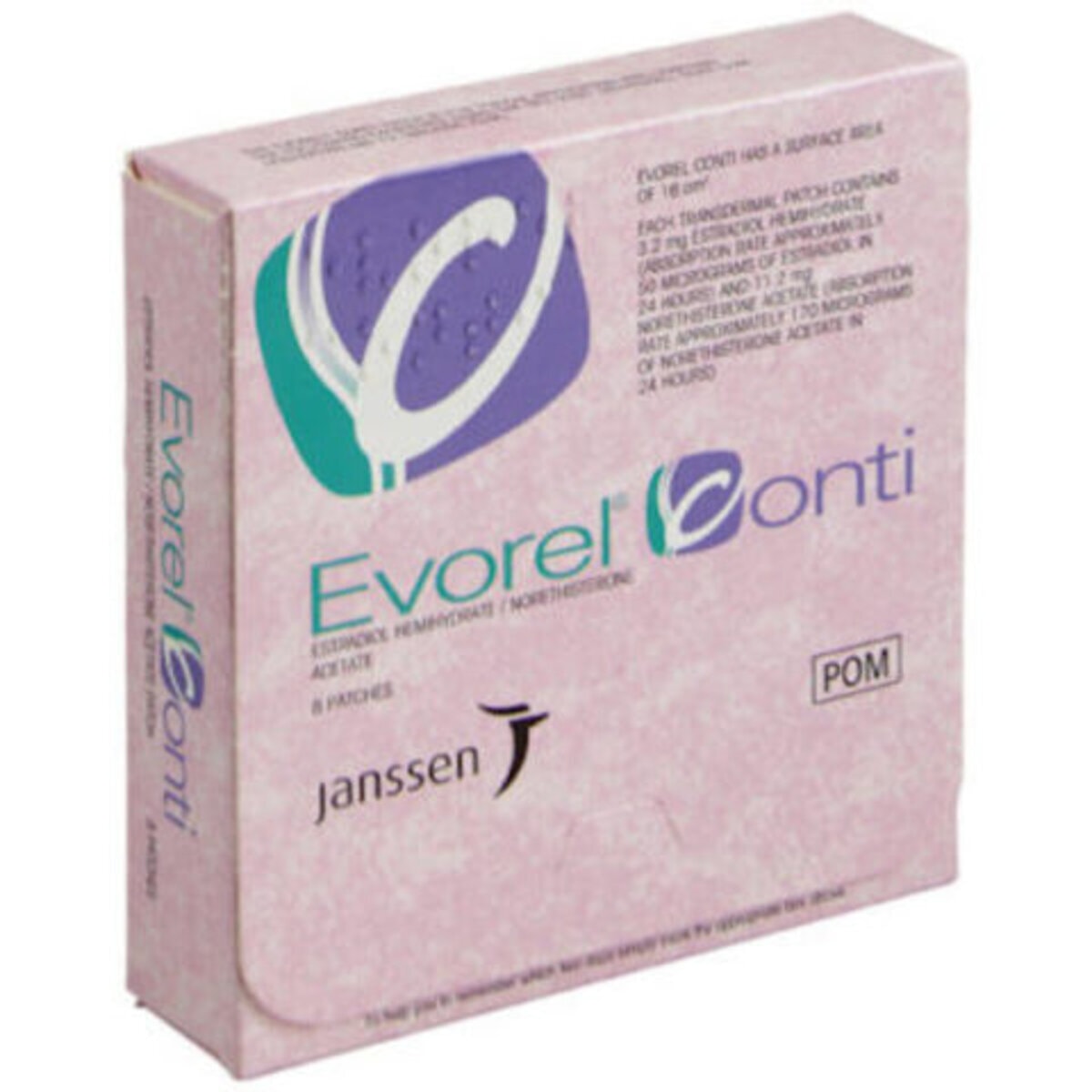
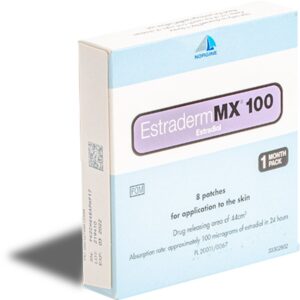
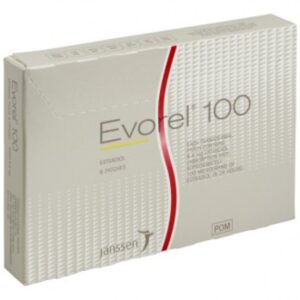
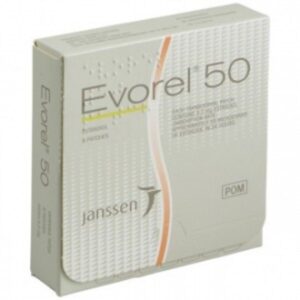



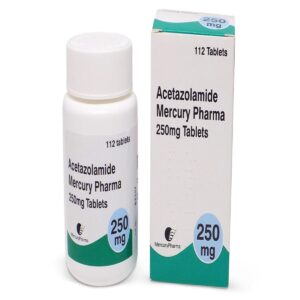
Reviews
There are no reviews yet